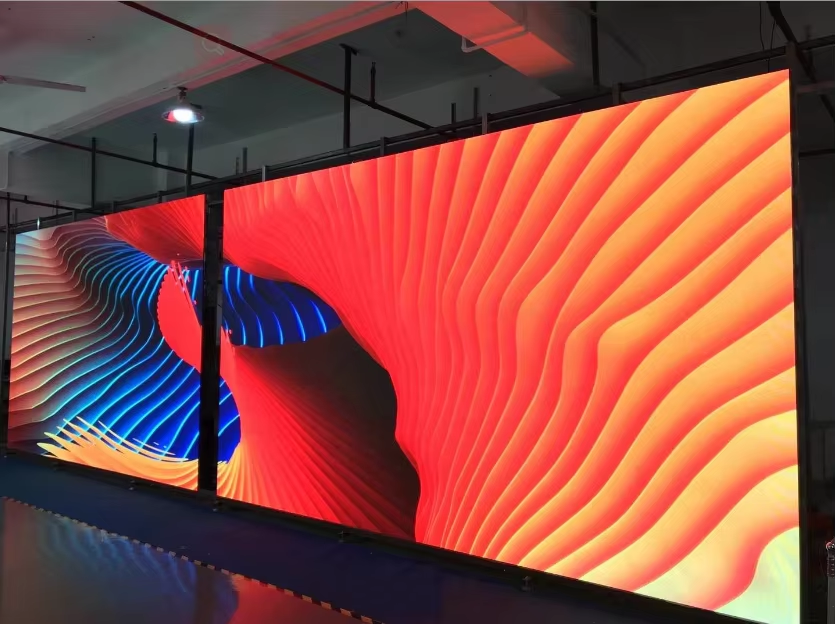In recent years, LED Advertising Display has achieved relatively rapid development in both technology and application creativity. Transparent LED screens Display, Glasses-free 3D LED display technology, and other new technologies and new ideas emerge in an endless stream. MuenLED display products, which can be flexibly combined and LED screens can be small or large, indoor or outdoor, have merged and collided with new LED technologies, resulting in innovative applications such as curved LED screens and dynamic LED poster display, which broadened the application range of LED advertising displays.
Compared with other outdoor advertising media solutions, LED advertising has unique communication value. For example, the Glass Curtain Wall Transparent LED Display, on the one hand, has a clear and eye-catching picture, dazzling colors, high transparency, wide viewing angle, and has a strong visual impact; on the other hand, it has a high arrival rate and wide coverage. At present, glass curtain wall transparent LED displays are generally installed on buildings with glass curtain walls, such as commercial buildings, banks, large shopping malls, shopping malls, theaters, etc. These places are mostly urban business districts, arterial roads, and densely populated places.
In addition to basic publishing and exposure functions, LED media advertisements set up in the city’s core business districts also have a special function to promote consumption: 3D LED display that vividly displays brand new content when consumers are standing at the door of the mall and hesitatesLarge Naked eye 3D LED screens can accelerate consumers’ purchasing decisions. Internet celebrity superstars live broadcast to sell the brand mobile phone by 3D LED Screen.

LED technology continues to make new breakthroughs, and its applications are becoming more and more extensive. Compared with other outdoor media solutions,Large Naked eye 3D LED screens display videos and dynamic pictures, and the audience “cost per thousand” is lower, and advertisers’ investment is not high.

Large Naked eye 3D LED screens are a necessity for the modern development of urban landscapes in the future. “It is precise because of the brilliant and colorful LED screen that a city can show the charm of people’s diversified life as much as possible, and demonstrate the vitality of the city. With the development of 5G, LED advertising will shine even more.”
LED outdoor advertising screens not only fill the gaps in the night landscape of third- and fourth-tier cities, but also urban image buildings equipped with LED outdoor advertising screens are expected to become a new landmark of the city. Most third- and fourth-tier cities are still waiting or are just being developed, which will attract more and more LED display manufacturers to sink the marketing and seek business opportunities in emerging third- and fourth-tier cities.








































